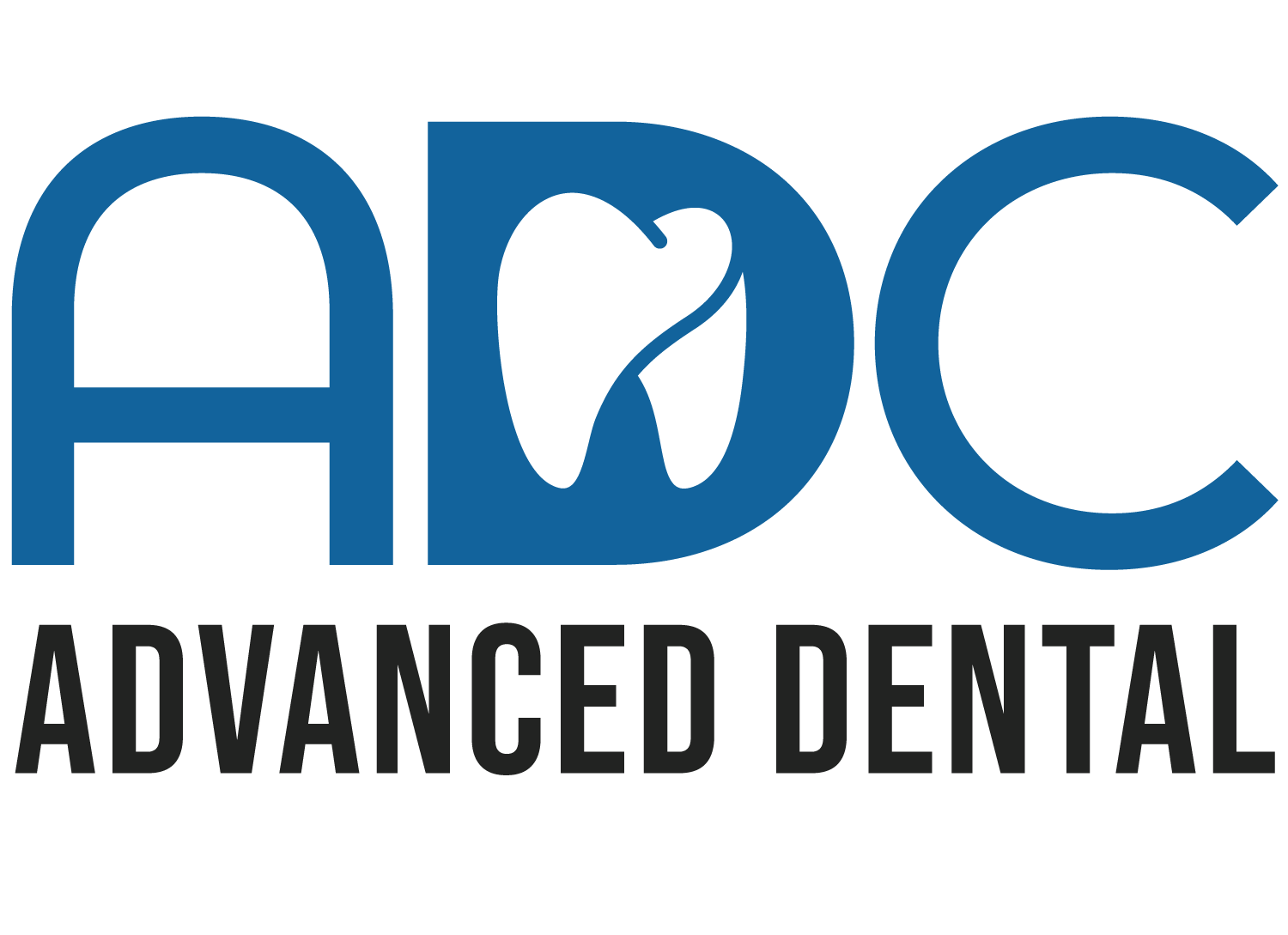The first step is an examination and consultation. This involves x-rays and may include taking impressions to create models of your teeth. If you have already experienced a significant amount of bone loss, additional x-rays (such as Cone Beam CT Scans or Panoramic Radiographs) taken at a radiology lab that specializes in this type of x-ray may also be recommended.
During the examination, we will evaluate the area(s) of your mouth in which teeth are missing, and we will determine the amount of bone available to support the placement of implants. We will also be evaluating the type of replacement teeth that will best meet your needs. A review of your health history will indicate whether there are any medical conditions that could prevent you from being a candidate for implant treatment.

